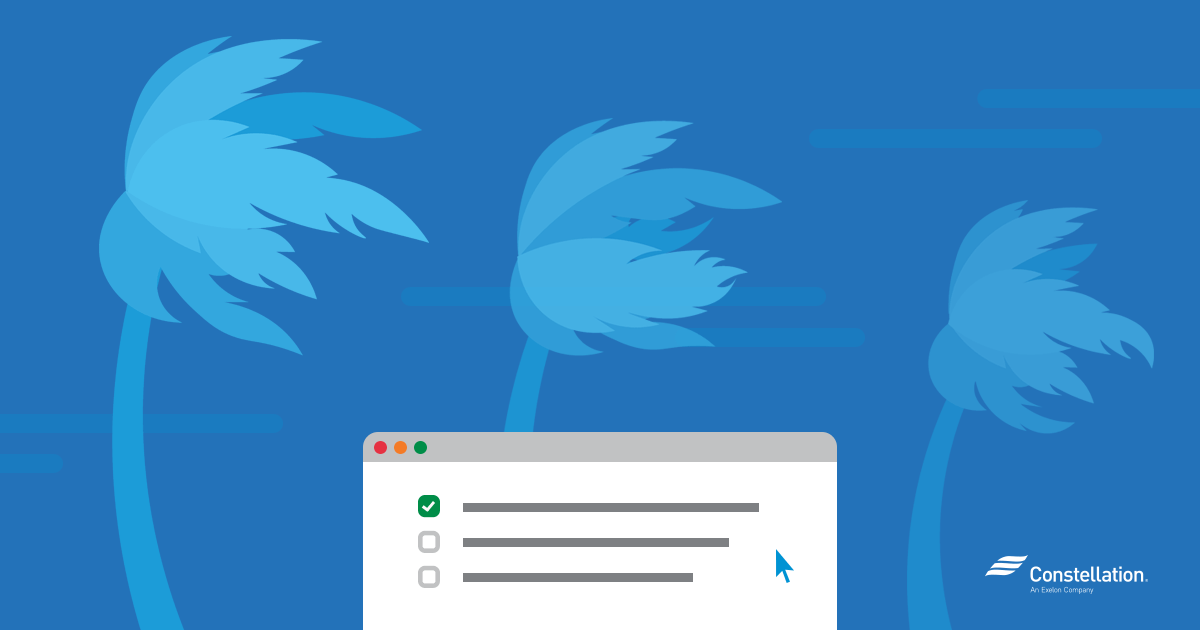

13 This proves that going solar in Hawaii could be the next best move to safeguard your home.The resources and links on this page are designed to provide a repository for information to assist in preparing for tropical storm/hurricane conditions that could affect you at PMRF, on the island of Kauai. 12 On top of that, solar power in Hawaii is 238% more cost-effective than the national average. 11 Thanks to the sturdy materials needed to make solar panels, they are highly waterproof, even during extreme rain. Plus, solar installations are built to be strong and able to withstand the equivalent of 140 mph winds. This stored solar energy may come in handy to keep your lights on, your food fresh, your home comfortable, and your devices charged during a rainy day, a cloudy afternoon, or at night. You can also store any excess Hawaii clean energy for later use if you decide to pair your rooftop solar panels in Hawaii with an energy storage system. 9 A solar panel installation in Hawaii can help you benefit from the 240 sunny days the state basks in each year 10 and could ensure that your home stays powered during severe weather events. The energy from the sun is a renewable, carbon-free resource available all across the country. Now’s the Time to Build a Cleaner, Safer, and More Resilient Future The loss of coral decreases coastal protection, which makes flooding events all the more likely. When ocean temperatures and acidification rise, coral releases the algae living in its tissues, which causes it to turn white and often die during this process, known as coral bleaching. Studies show the ocean's acidity could increase by as much as 150% by the end of this century. Since the ocean absorbs most of the excess heat from greenhouse gas (GHG) emissions, this leads to warmer ocean temperatures and more acidic ocean water. 3,7Īside from Hawaii’s severe storms and floods, rising ocean temperatures and increased acidification have severely damaged Hawaii’s coral reefs and marine ecosystems. These floods caused landslides, destroyed roads and bridges, forced evacuations and rescues of dozens of families, and ravaged many Hawaiian homes. There were major flooding events on the Big Island in August 2018, on the island of Kauai in March 2020, and on the islands of Maui and Oahu in March 2021. Like storms, Hawaii floods can happen anytime and anywhere as they come from both the ocean and the mountainsides. 6 As climate change worsens, residents of Hawaii should expect to continue facing these types of bizarre storms and their long-lasting impacts. 2 In February 2019, a strong storm knocked out power lines, flooded coastal roads, and even brought snow to Honolulu. This is compared to the two to five tropical storms expected to make landfall on the islands each year. 5 For example, 2015 brought the highest number of storms to Hawaii in a hurricane season since 1970, with a whopping 16 tropical cyclones.

Tropical cyclones can also occur off-season, and storms can happen at any time of the year. While hurricanes rarely strike Hawaii directly, they fuel windstorms and tropical cyclones, which are widespread natural disasters. Hurricane season in Hawaii runs from June 1 to November 30 each year.
#Hurricane preparedness checklist hawaii download
You can download or print out a copy of the Red Cross Hurricane Safety Checklist and Flood Safety Checklist to learn tips and tactics on what to do before, during, and after one of these severe weather events hits Hawaii.Įxtreme Weather and Its Impact on the Hawaiian Islands 2,3,4Īn extreme weather preparedness plan is the first step to ensure you and your loved ones are safe during Hawaii storms and floods. Global warming is also increasing the number of Category 4 and 5 storms, as well as the amount of rainfall that batters the Hawaiian Islands. Climate scientists say tropical storms and flash floods will be stronger and more frequent due to global warming. In Hawaii alone, tropical storms, heavy rain, floods, and high winds are occurring more often and causing more damage than before. states and territories in the past decade. 1 It fuels severe weather events-such as hurricanes, severe storms, floods, heat waves, wildfires, and droughts-which have plagued U.S. There’s no doubt that climate change has become the most dangerous threat to all life on the planet. How Natural Disasters Continue to Endanger Hawaii


 0 kommentar(er)
0 kommentar(er)
